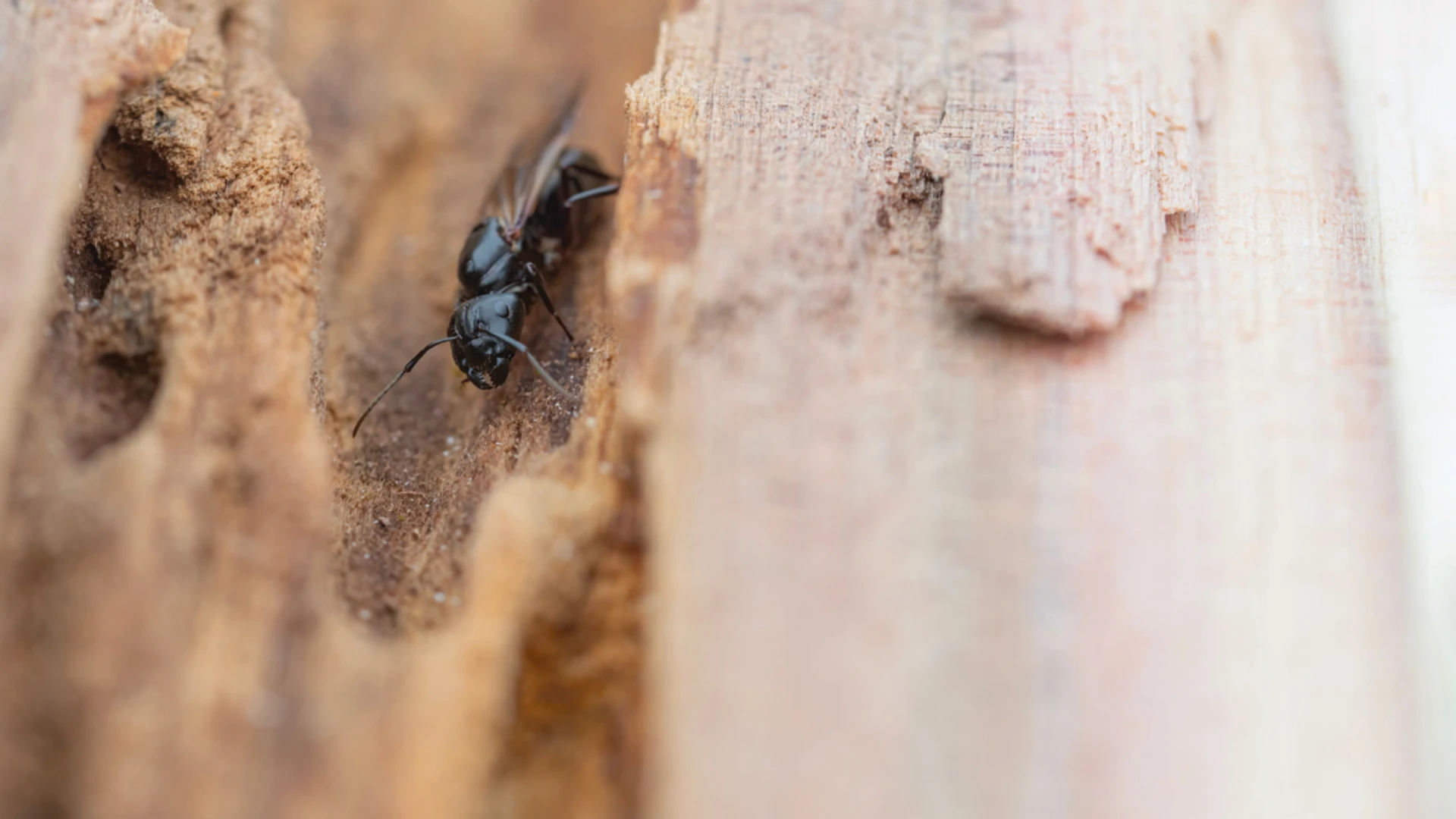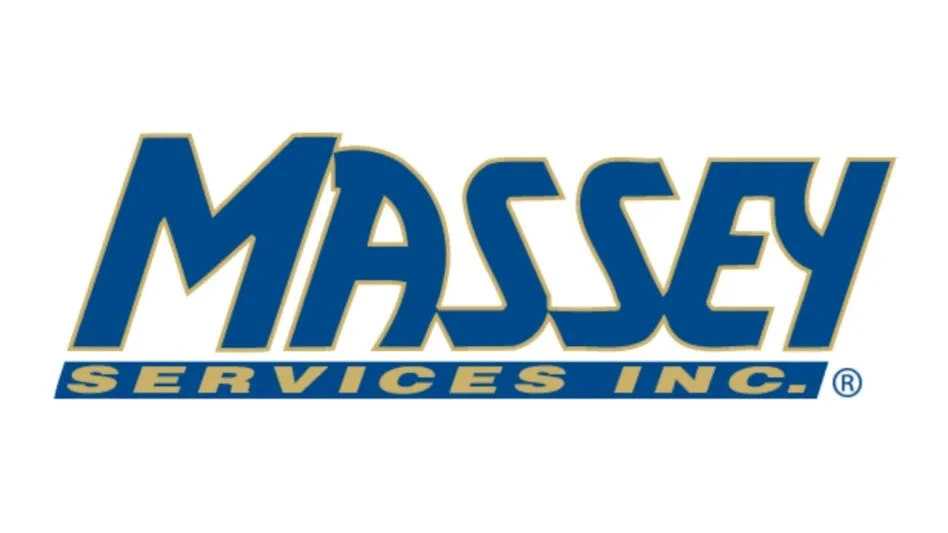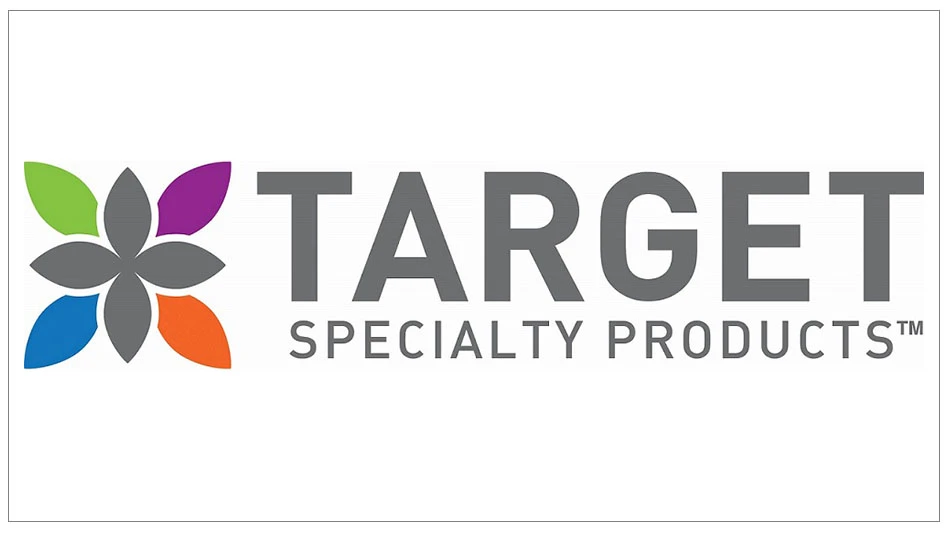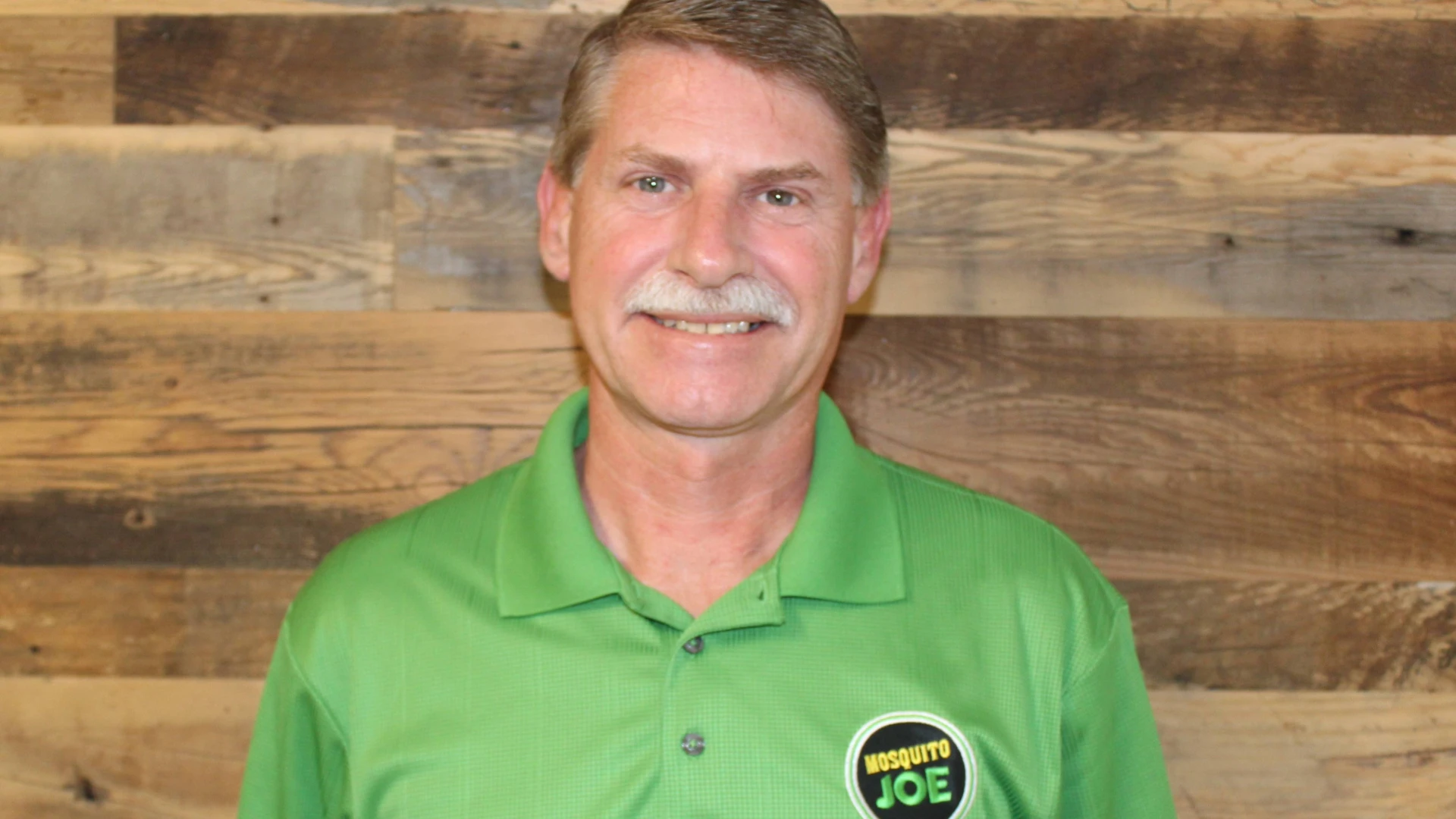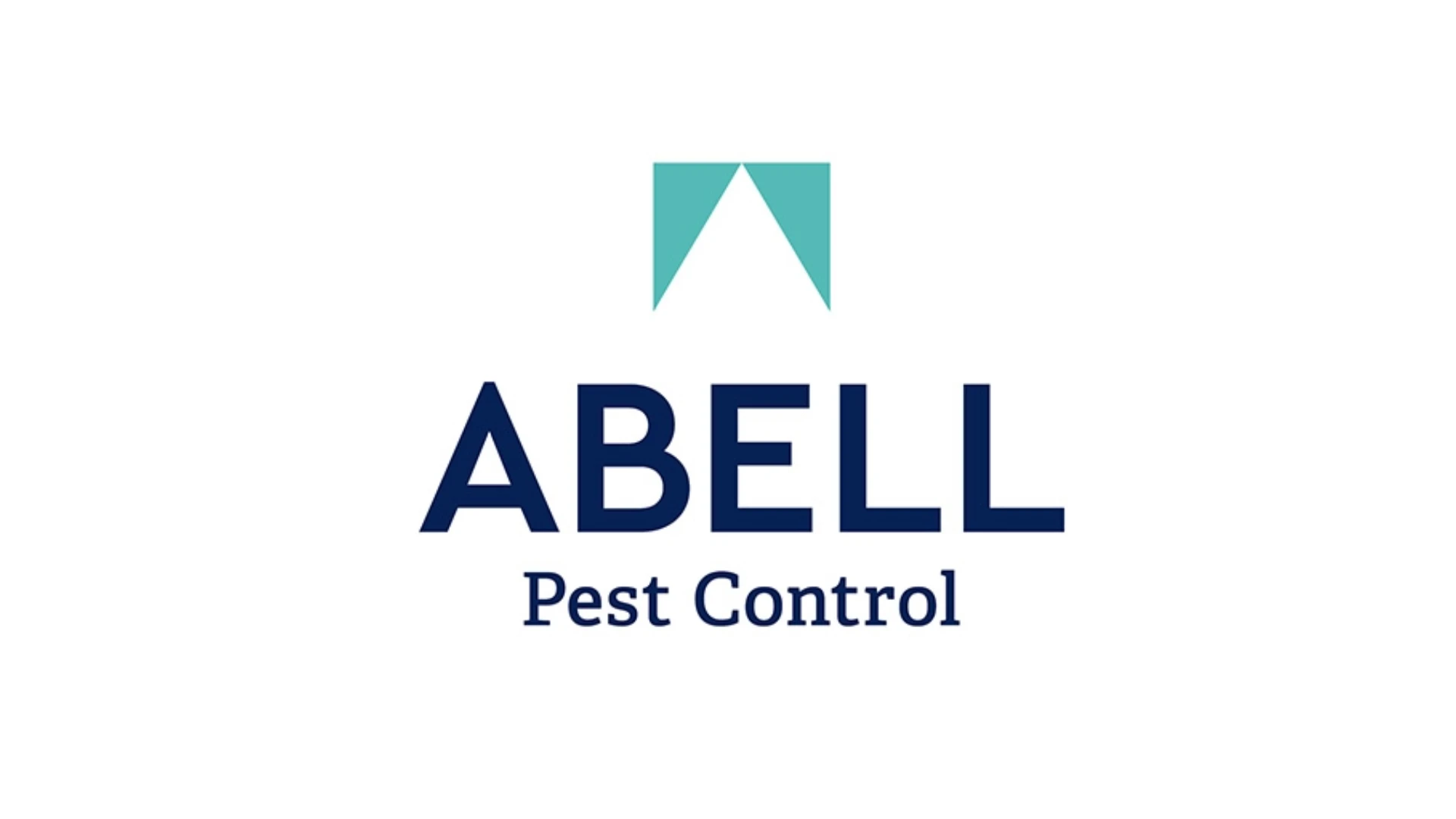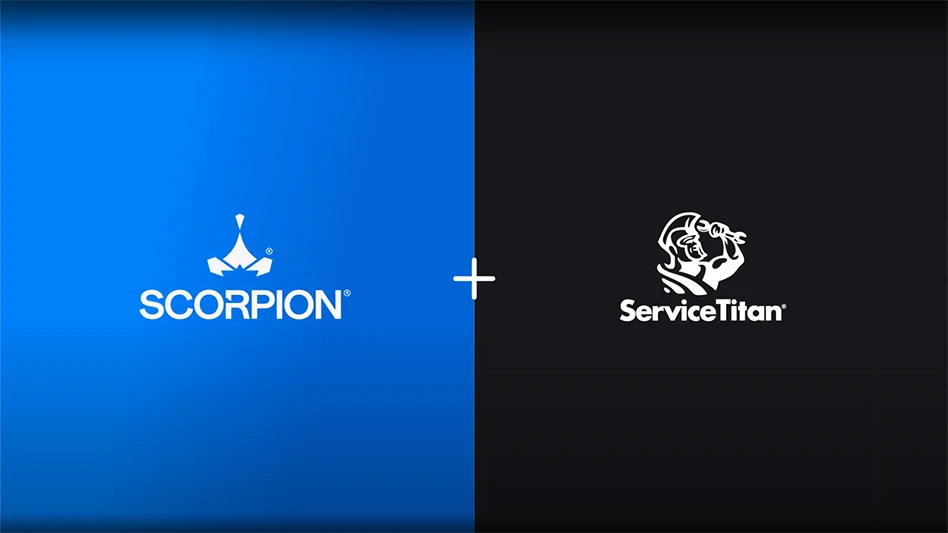Integrated pest management (IPM) is defined as a decision-making process that anticipates and prevents pest activity and infestation, as defined by an action threshold, by combining several strategies to achieve long-term solutions. IPM is a fundamental process of inspection, identification, non-chemical pest management, low-impact pesticides, monitoring and communication. The concept of "threshold" is defined as a pest population level below which management actions are not indicated. For example, in agriculture, the IPM threshold is termed "the economic injury level." The economic injury level is reached when management of the pest(s) is less costly than the damage they will do to the commodity.
The concept of an economic injury level does not apply the same way to household pest management. In place of the economic injury level is the concept of "aesthetic injury level" with regard to household pest situations. The aesthetic injury level is defined as the number of pests present that motivate a homeowner to pursue management protocols. Household IPM programs can involve many similar strategies that more sophisticated environments require.
A properly designed household IPM pro-gram includes numerous strategies, beginning with a thorough inspection. Second, proper identification of the pest(s) is critical to successive management strategies. Third, applied pest management methods must initiate with non-chemical means supplemented with low-impact pesticide use. Fourth, appropriate monitoring is critical to measure overall management efficacy. Finally, communication is essential, so that all family members are able to implement the strategies involved in a successful IPM program.
INSPECTION TECHNIQUES. Inspection is an organized method of observation to determine the specific pest(s), the scope of the infestation and the conducive conditions causing the pest pressure. The inspection should include all areas of the house (interior and exterior) (see figure 1 at left), all levels of the house (attic spaces, living areas, storage areas, basement, crawl space, mechanical areas and garage) (see figures 2, 3 and 4 on the following pages). The inspection should include all structures on the property. No area of the house should be overlooked. From a construction standpoint, only 50 percent of a house is readily accessible and 80 percent of pest problems originate from about 20 percent of the house. An infestation may originate in a given area only to move to another area of more favorable conditions.
Inspections should flow from the exterior to the interior. This practice will ensure a thorough analysis of all sanitation and pest management issues. The extended exterior of the house includes sylvan areas, adjacent properties, landscape areas, parking facilities, fence lines and others. The immediate exterior of the house includes the roof, gutters, doors, windows, siding, deck, patio, utilities, etc. Pests follow lines or structural guideline orientations into a home, therefore, determination of pest activity, harborage and routes of entry are critical. The interior inspection of the house can follow the normal floor plan design or traffic flow.
DETERMINING THE CULPRIT. The identity of the pest is critical to a successful IPM program. The offending pest may be an accidental immigrant that does not warrant management measures. The homeowner must ask the questions, where was the pest found, what was it doing and what damage was caused? Upon correct identification of the pest, the homeowner should educate him or herself on the biology of the pest. Good specimens must be available for identification. Adequate magnification in the form of a 5x or 10x hand lens works well. These endeavors will provide valuable insights on the habits and behavior of the pest and dictate the appropriate management measures required. Many information vehicles are available (University Extension Services, the library, pest management firms, the Internet and others).
OTHER PESTICIDES. The National Home and Garden Pesticide Use Survey, conducted by the Environmental Protection Agency (EPA), concluded that 75 percent of household residents use pesticides indoors. Survey respondents stated they frequently apply a pesticide to kill an insect even though the insect may not be a problem. The survey also indicated that many household residents dislike the use of pesticides indoors. This survey underwrites the fact that household IPM can provide realistic and environmentally conscience alternatives to the "spray it and kill it" response to a pest presence.
Realistic and environmentally conscious alternatives to pesticides are accomplished through applied pest management methods of non-chemical procedures and low-impact pesticide use. The three critical focal elements to successful household IPM are exclusion, food and water, and microclimate. If homeowners are educated regarding these elements, pests can be reduced, modified or eliminated. Such changes achieve long-term pest solutions.
Exclusion, to deny pest entry, can be the easiest, most cost effective and long-term non-chemical pest management procedure. Exclusion can simply involve interception of pests on goods imported into the home. Before bringing groceries inside, residents should be instructed to inspect packaging for immigrant pests. In addition, inspect potted plants, firewood, stored boxes and other items before importation into the home.
Exclusion also involves more direct physical procedures such as inspecting for properly functioning doors and windows that have weather stripping and screens in good repair. In addition, caulking cracks, crevices, gaps and around utility lines along exterior areas is critical. Also, screens can be placed over gutters to prevent leaf litter build-up, as well as over floor drains to exclude insects and rodents.
Sanitation is pest management. The homeowner can reduce the availability of food and water through proper sanitation practices. Good housekeeping practices can encourage a pest-free environment by making the home less attractive to pests. Seasonal resource and organizational cleaning, proper storage practices, daily trash emptying into an appropriate receptacle, regular vacuuming, immediate dishwashing and putting away pet foods can, in many situations, reduce or eliminate potential or existing pest pressures.
Microclimatic modifications create an inhospitable pest environment around the home. Moisture is a significant pest attractant. Moisture reductive procedures, in and around the house, involve installing vapor barriers, vents and dehumidifiers. In addition, the homeowner should eliminate any leaks (roof areas, walls, gutters, siding, doors, windows and pipes) and insulate cold water pipes to eliminate any potential wet spots.
Appropriate exterior landscape and lighting procedures can reduce pest pressures adjacent to the house. Trimming vegetation, a minimum distance of 6 feet from the house, can eliminate "pest bridges" into the house. Homeowners should relocate firewood piles off the ground and away from the house, replace organic mulch with inorganic mulch (bark, gravel or rock) and remove debris fields or clutter. Lighting can be modified to decrease the attraction of insects. The homeowner can change exterior incandescent lighting to yellow lighting or pressurized mercury vapor lighting to pressurized sodium vapor lighting. Softer lighting will draw far fewer insects and, in turn, fewer spiders.
Low-impact pest use involves the judicious use of least-toxic pesticides. If non-chemical IPM procedures are engendered into the culture of the household, pesticides will be a minor factor and act only as a supplement. Least-toxic pesticides pose a low inherent danger to human health or the environment. Botanical insecticides (synthesized from plants), inorganic insecticides (boric acid, silica gel and diatomaceous earth) and baits are in this category. Biological and bio-rational management options are available, but are not mainstream preventive products. Biological management options include bacteria, fungi, nematodes and capture and release sterilization. Bio-rational management options include pheromones, growth regulators and chemo-sterilents.
MONITORING. Indoor applications of least-toxic pesticides must be according to the label and minimized if not eliminated. Applications must be limited to cracks, crevices and spots (2 square feet). Products should only be applied to pest entry points or harborages found during thorough inspections.
Appropriate monitoring is critical to any effective IPM program. In a household IPM program, regular monitoring will provide a "snapshot" of efficacy. Monitoring will alert the homeowner to any increase in pest activity. Initial monitoring can be on a weekly basis and as pest pressures diminish over space and time, the frequency can be reduced. Sticky traps, glueboards and pheromone traps are effective monitoring tools. Place traps in dark/warm corners with low air circulation (pests prefer these areas because they provide shelter from predators and prevent hypothermia). Traps can be "circuited" on the interior of the house (all areas and levels) and the exterior of the house to form a "trap-line." On the exterior, traps can be placed in PVC pipe sections (about 2 feet long) behind and under conducive areas. The pipe will protect the traps from non-target organisms and environmental conditions.
COMMUNICATION. No overall IPM program can be successful without the participation and communication of all those associated with the culture of the specific environment. IPM strategies require perpetual evaluation to ensure the requirements of the overall program are achieved. Successful IPM around the house is a goal based on an "all for one and one for all" philosophy.
Editor’s note: The diagrams in this story are courtesy of Whitmire Micro-Gen.
The author is a board certified entomologist and the training and technical director for Springer Pest Solutions, Cape Coral, Fla. He can be reached via e-mail at smitchell@pctonline.com.

Explore the July 2003 Issue
Check out more from this issue and find your next story to read.
Latest from Pest Control Technology
- Rose Pest Solutions Becomes Official Pest Provider of Chicago Fire FC
- WSPMA Hosts Legislative Day at Washington State Capitol
- A-1 Pest Control Marks 59 years in Business
- Hawaii PCO Shares Regulatory Challenges, Business Impacts from Lahaina Wildfires
- 5 Tips for Reducing Waste in the Office and in the Field
- OvoControl Now Available in Chile
- Envu Announces Savings Programs for Pest Management Professionals
- Follow the Trail
